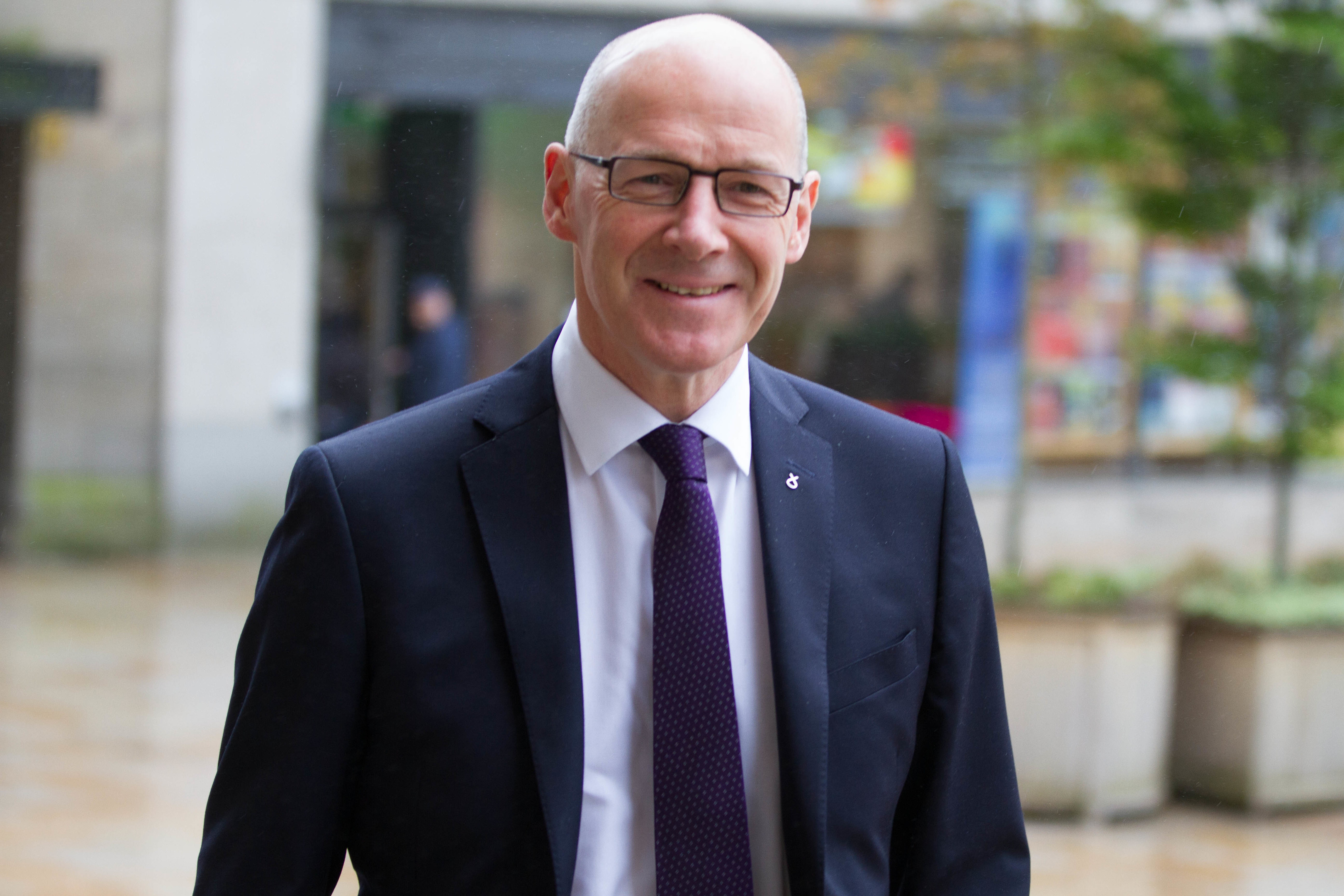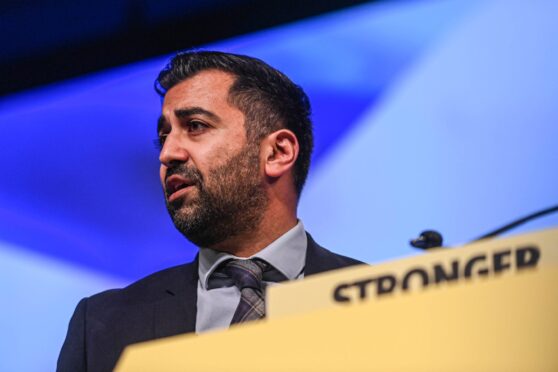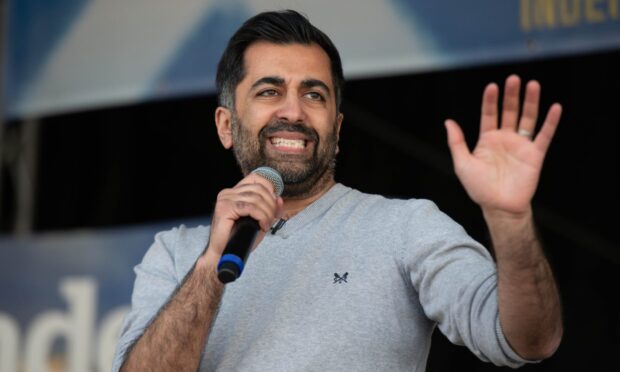John Swinney’s own team of experts have poured cold water on his flagship education reforms.
The Deputy First Minister’s council of international advisers warned him against becoming obsessed with changing the structure of the education system when focus should be on recruiting more teachers and liberating them to do their jobs.
They also expressed fears about the erosion of the ideals behind the Curriculum for Excellence, which is about giving pupils a broader school experience, amid the assessment demands of the National Improvement Framework.
The 10-person advisory group, which includes academics from across the globe, was founded last year to help improve Scottish education.
The report said: “The council advised against becoming too focussed on changing the structure of the education system when, arguably, the more important aspects are the culture and capacity within the system.”
The advisers agreed that the CfE and NIF have the potential to help close the attainment gap.
But it added: “The council was concerned that, in the drive to deliver clarity of purpose for all those involved in Scottish education, there was a risk that education policy was moving away from the ‘whole child’ approach of CfE towards a more specific, measureable approach as required by the NIF.”
Iain Gray, for Scottish Labour, said the report confirms that Mr Swinney is “barking up the wrong tree with his governance ‘reforms’”.
“The real problem is there are not enough teachers with enough support and enough time to teach,” he added.
Tavish Scott, the Lib Dem MSP, accused ministers of trying to bury the report, which was published online, by not alerting the press to it or listing it on the new publications section of its website.
He said it is “no surprise” they tried to play “hide and seek” with the four-page study, adding: “It directly criticises the SNP’s dangerous focus on the restructuring of the education system and more testing of children.”
Mr Swinney’s reforms will see a shift in power from councils to schools, to give headteachers extra controls and responsibility over recruitment, closing the attainment gap and deciding the curriculum.
A Scottish Government spokeswoman said: “We value the council’s expertise, robust challenge and input into our policy thinking and our decision to further empower schools and teachers, took their advice into account alongside other evidence.
“Advice from the International Council of Education Advisers has been clear – to improve our education system we must tackle culture, capacity and structure. This Next Steps paper addresses all three.”










